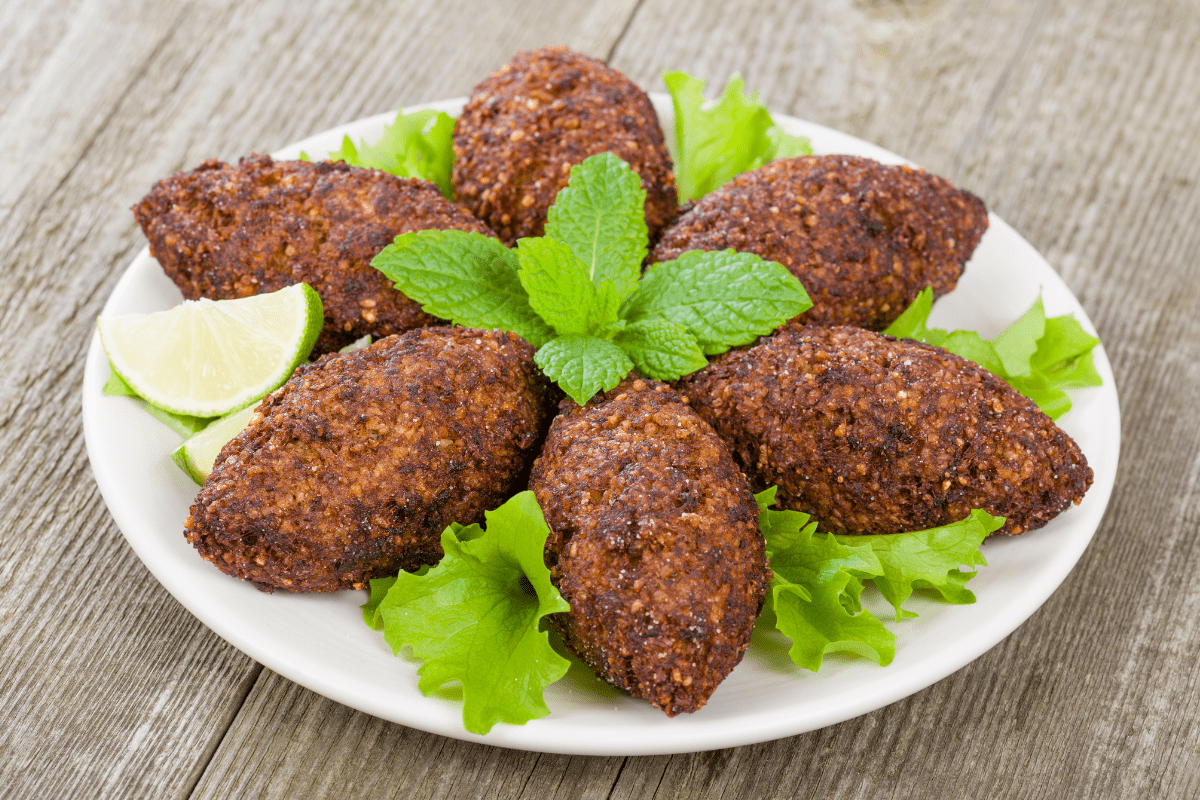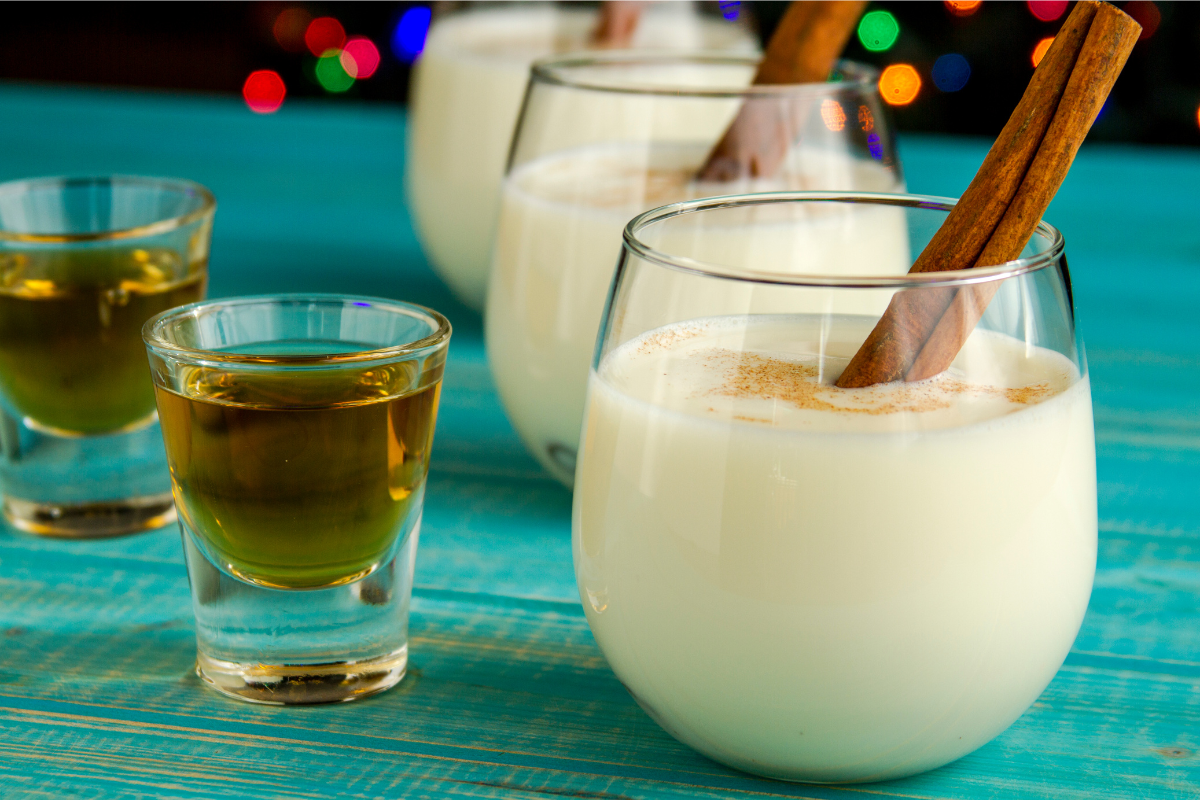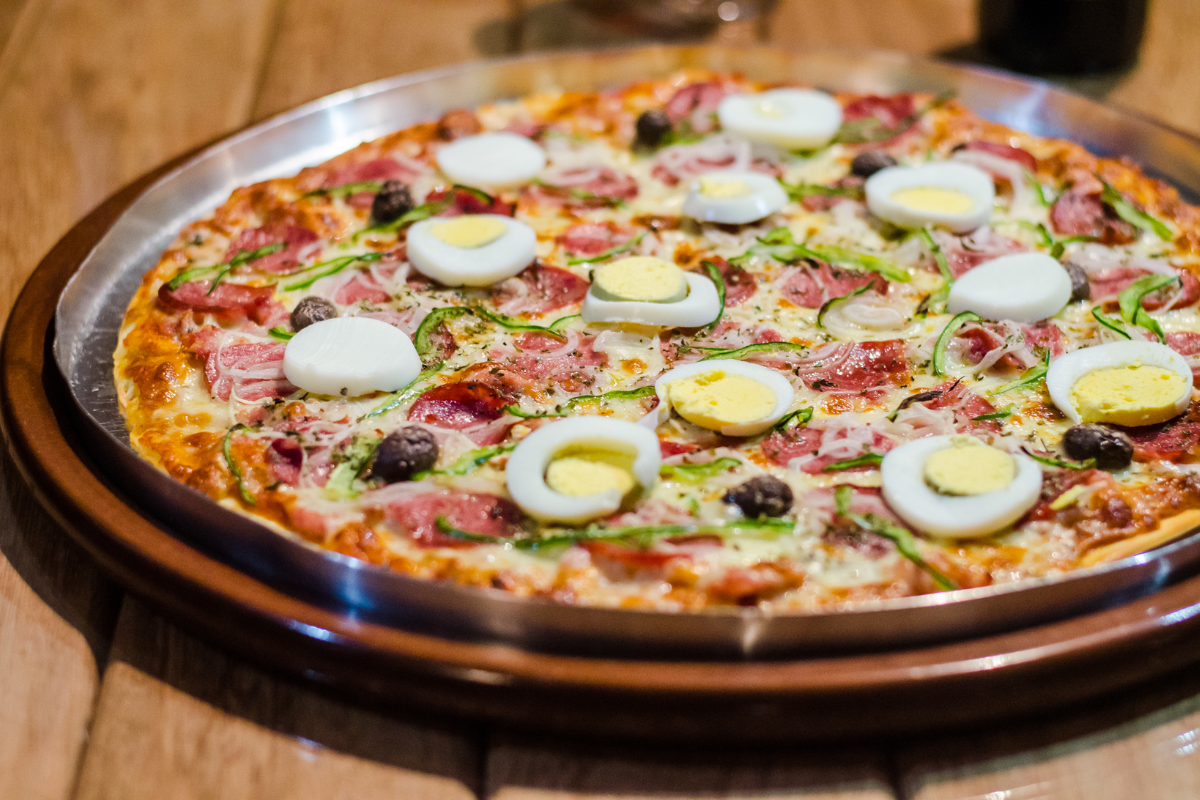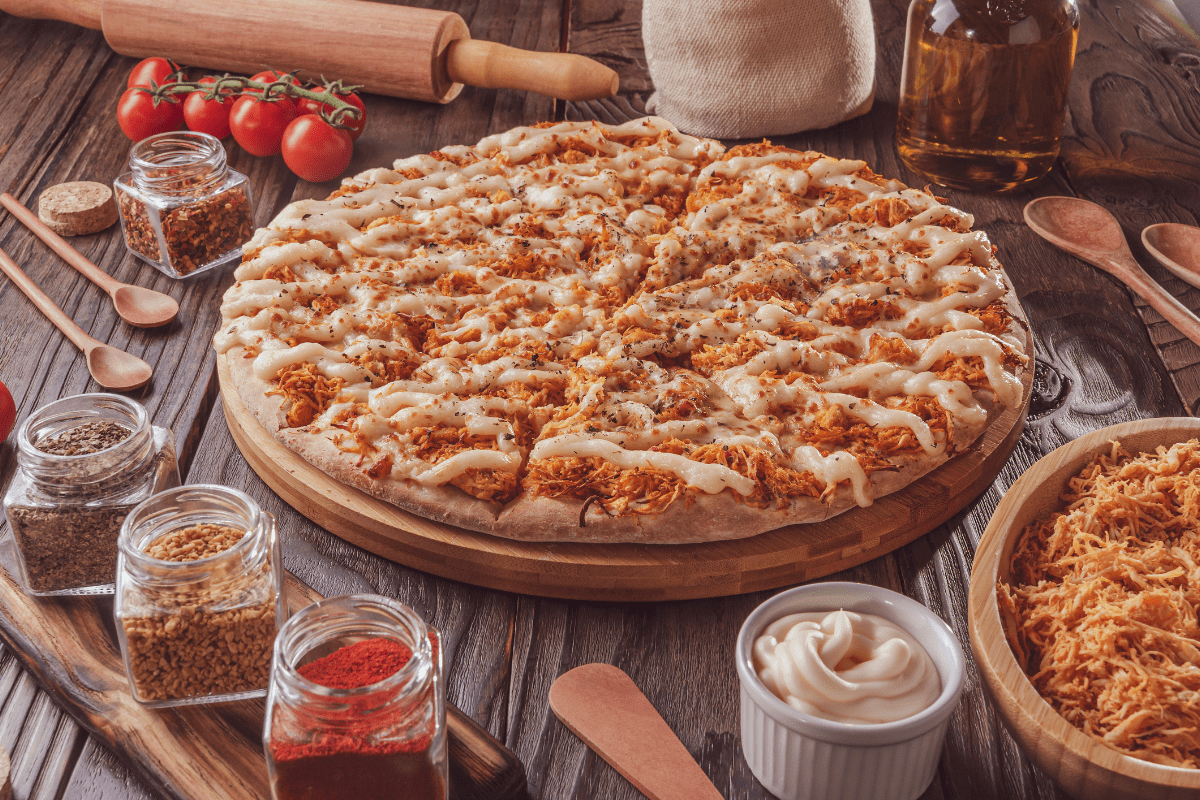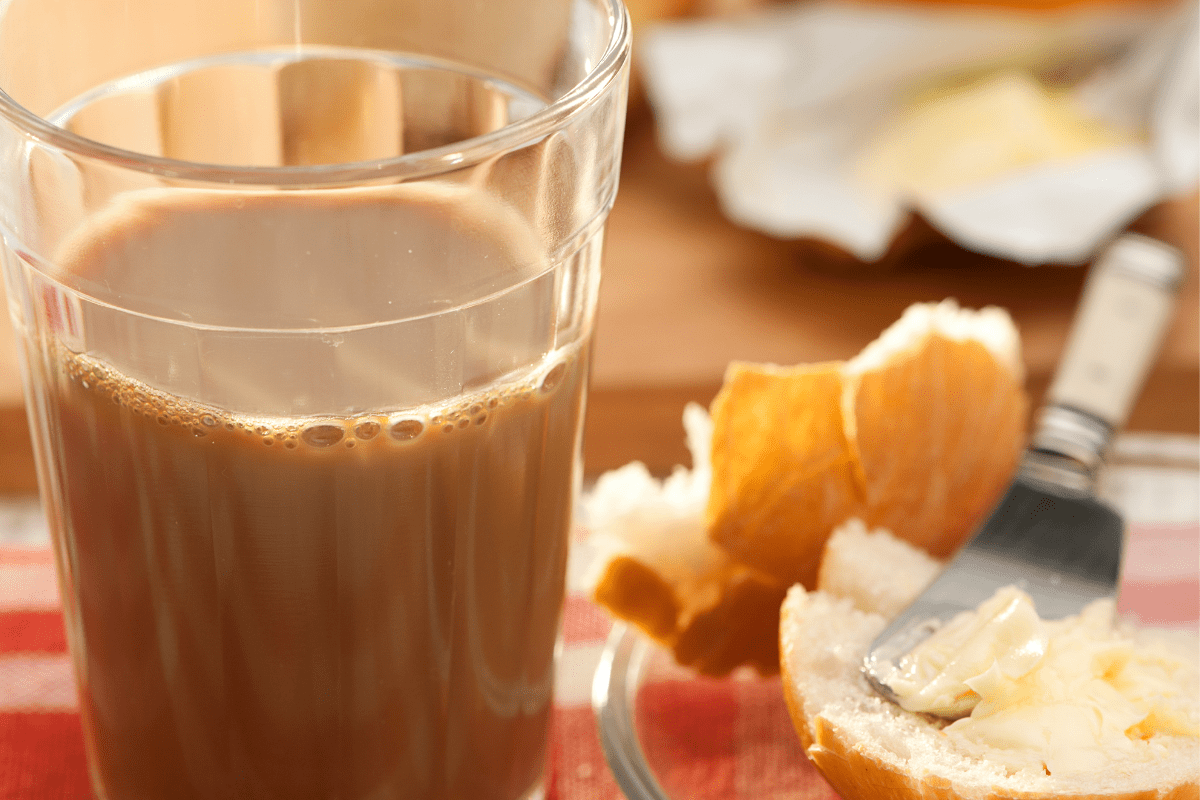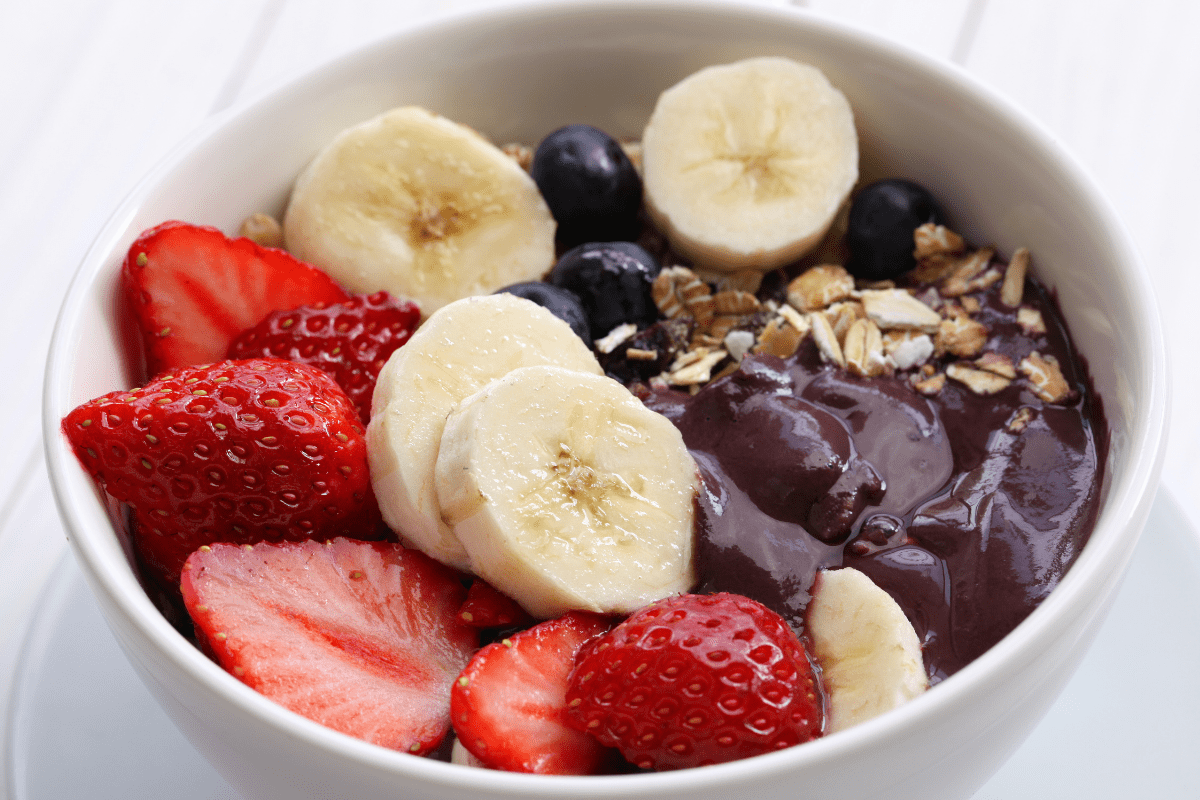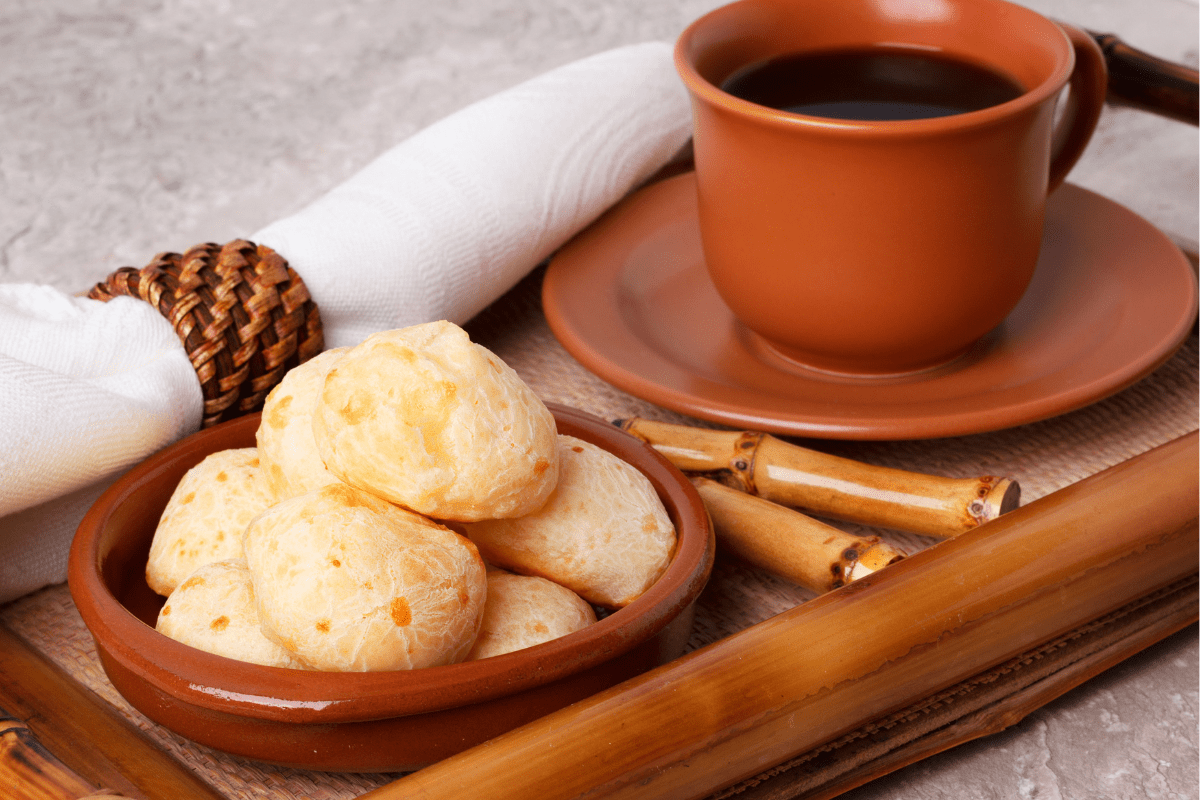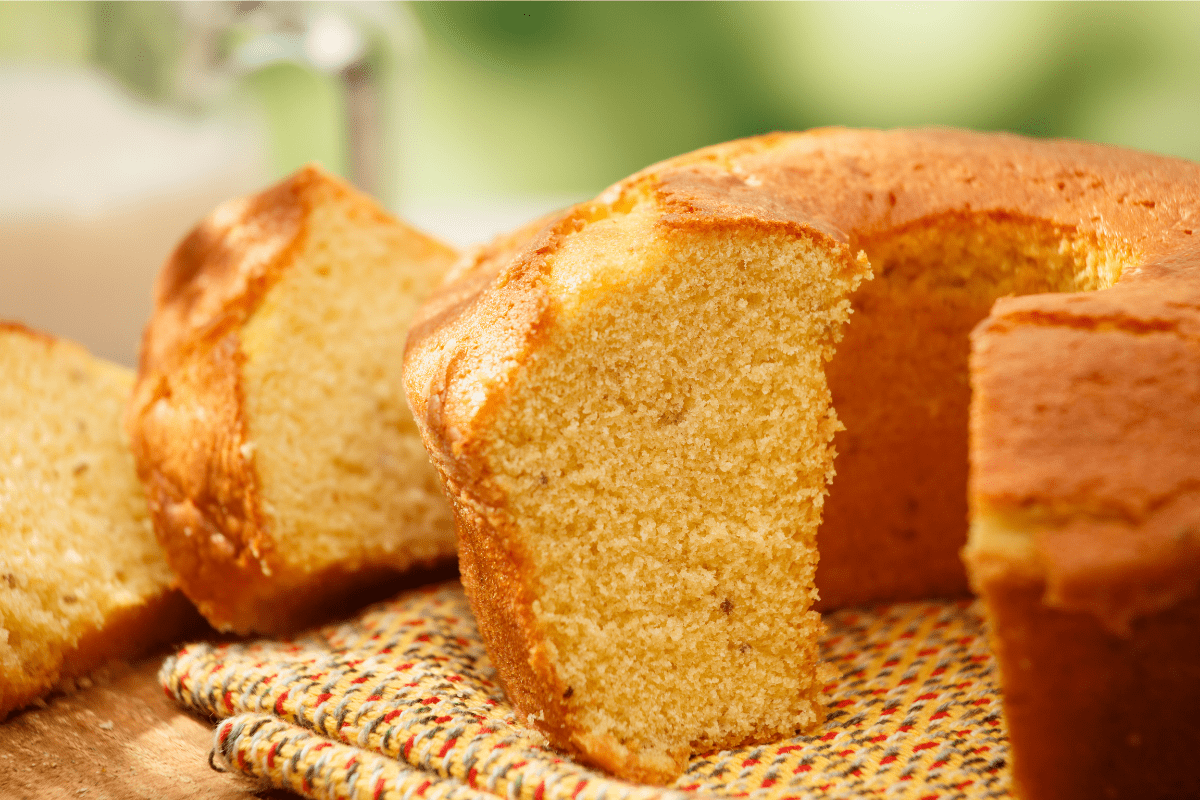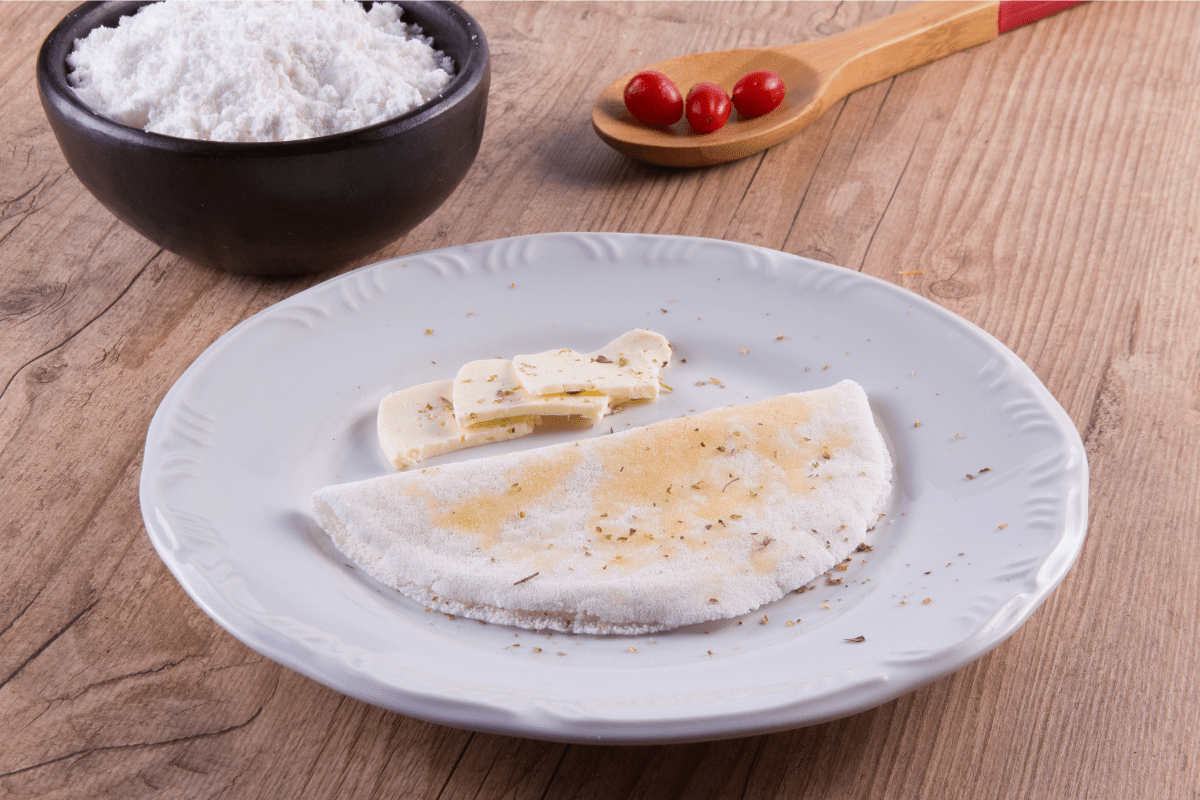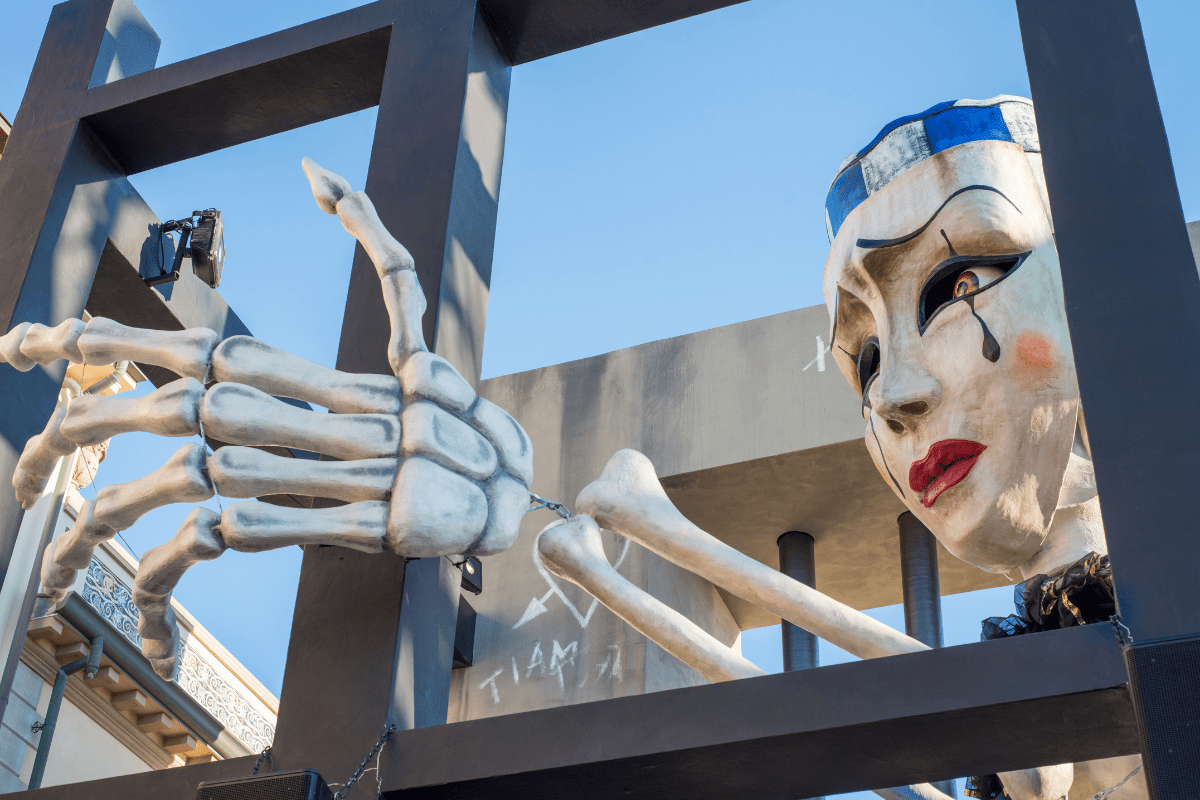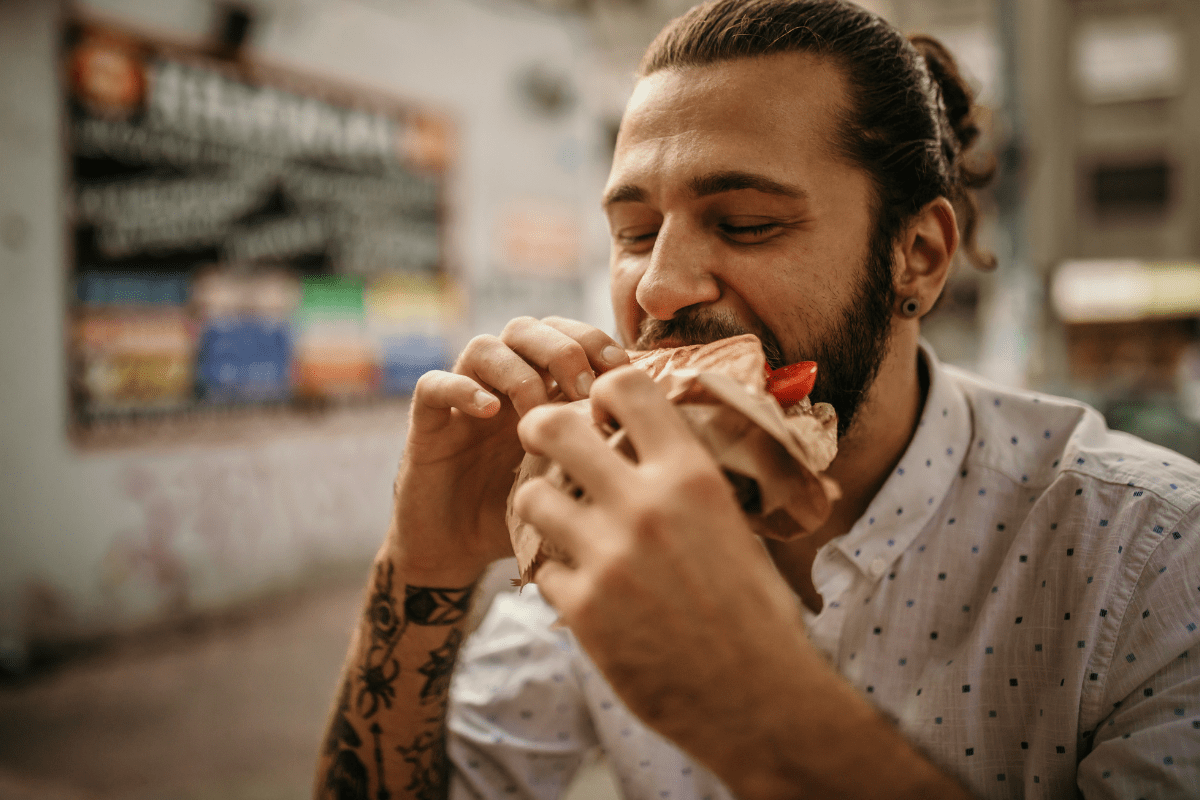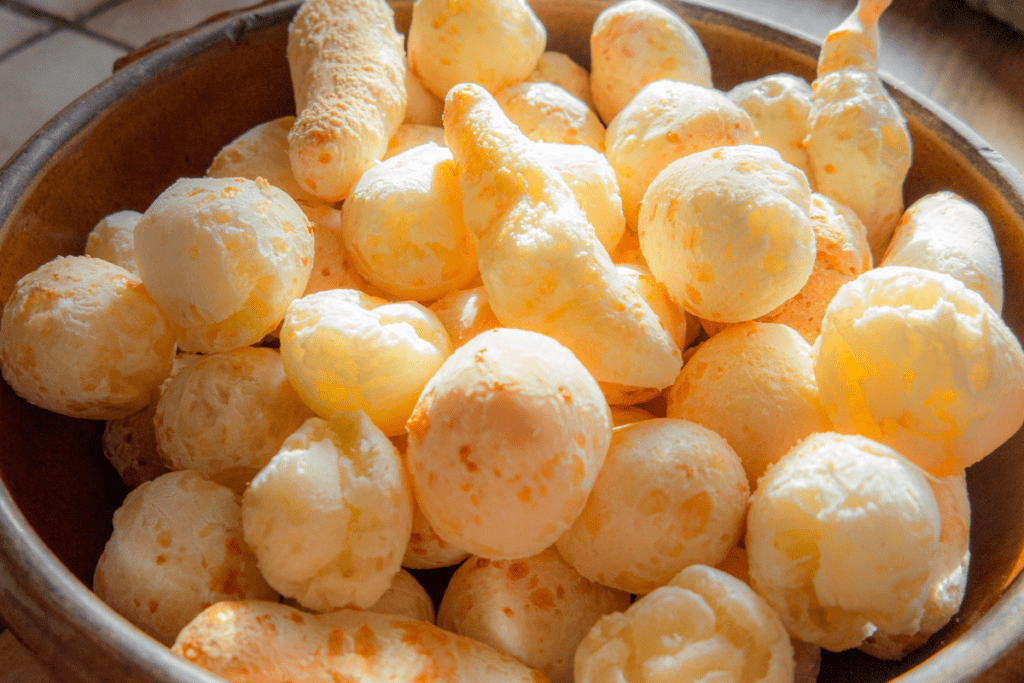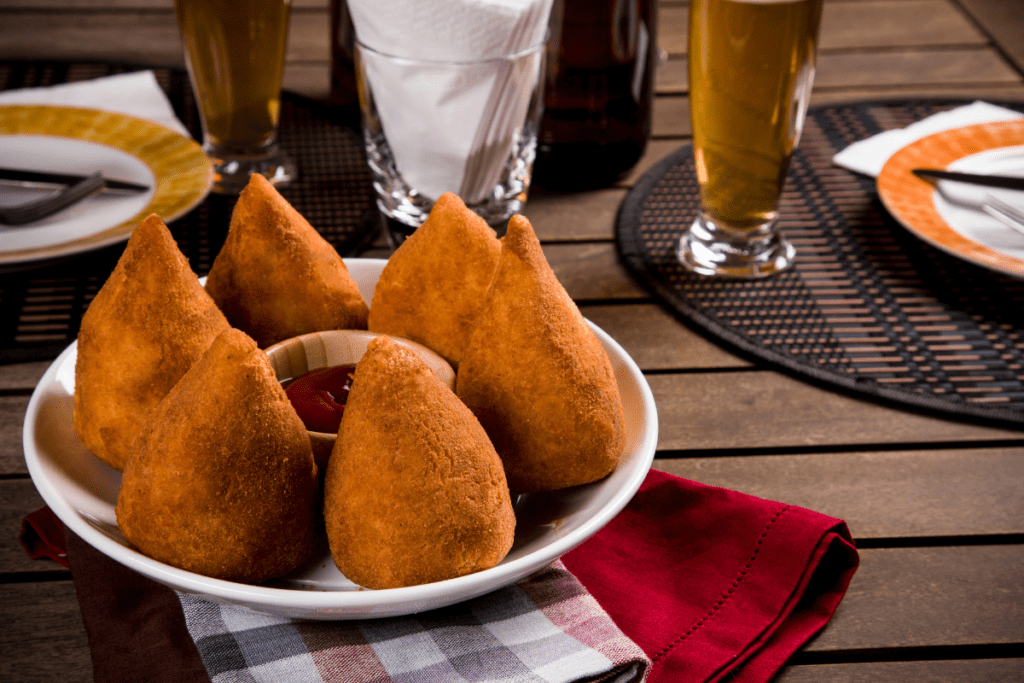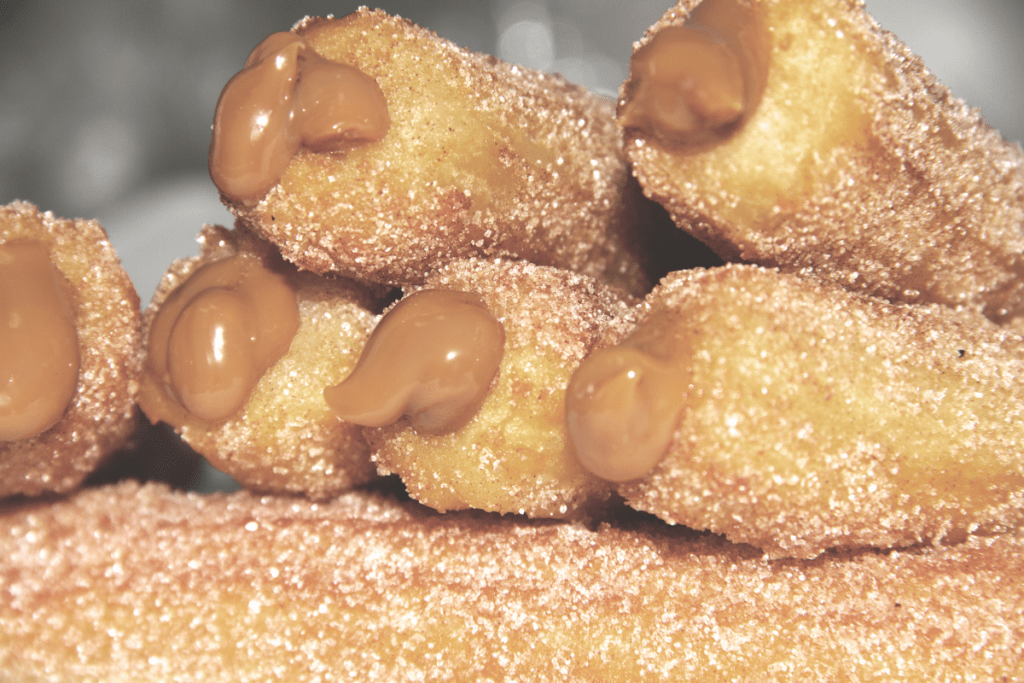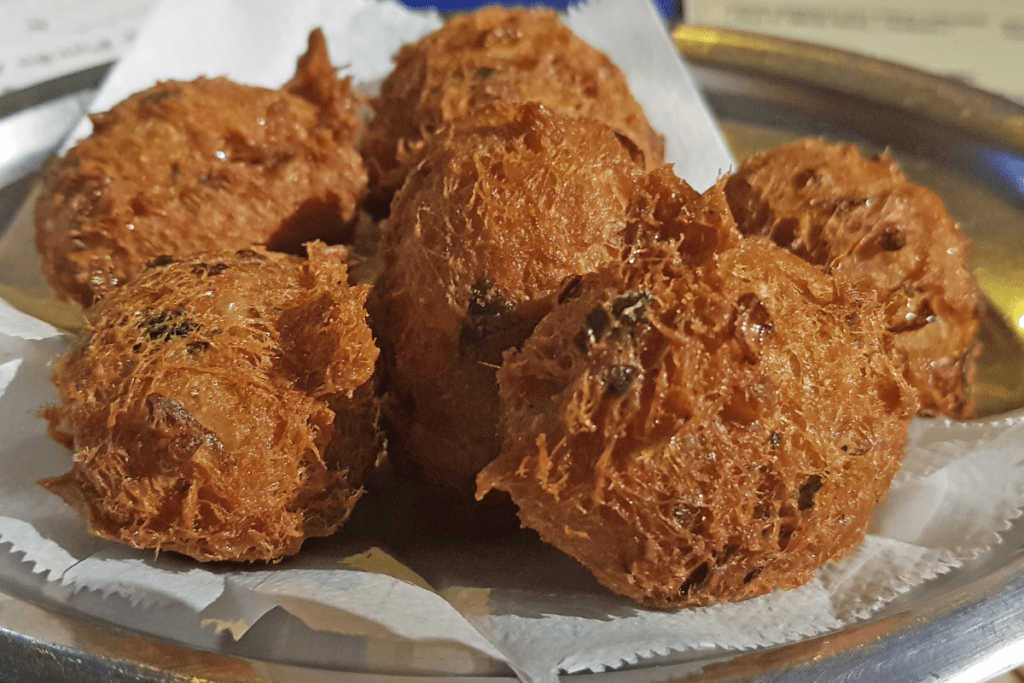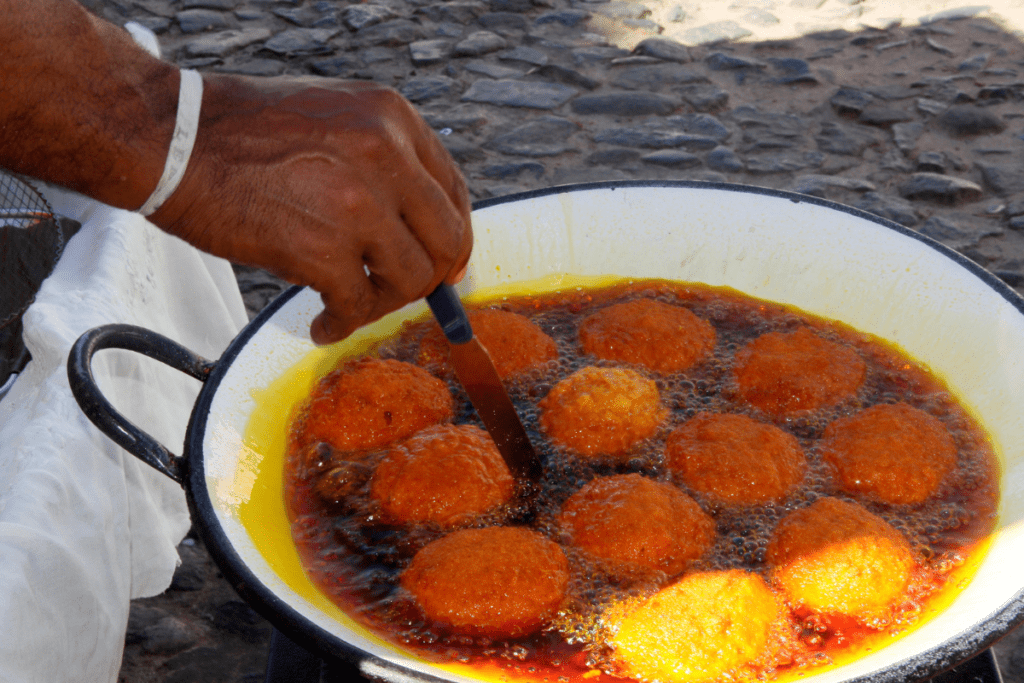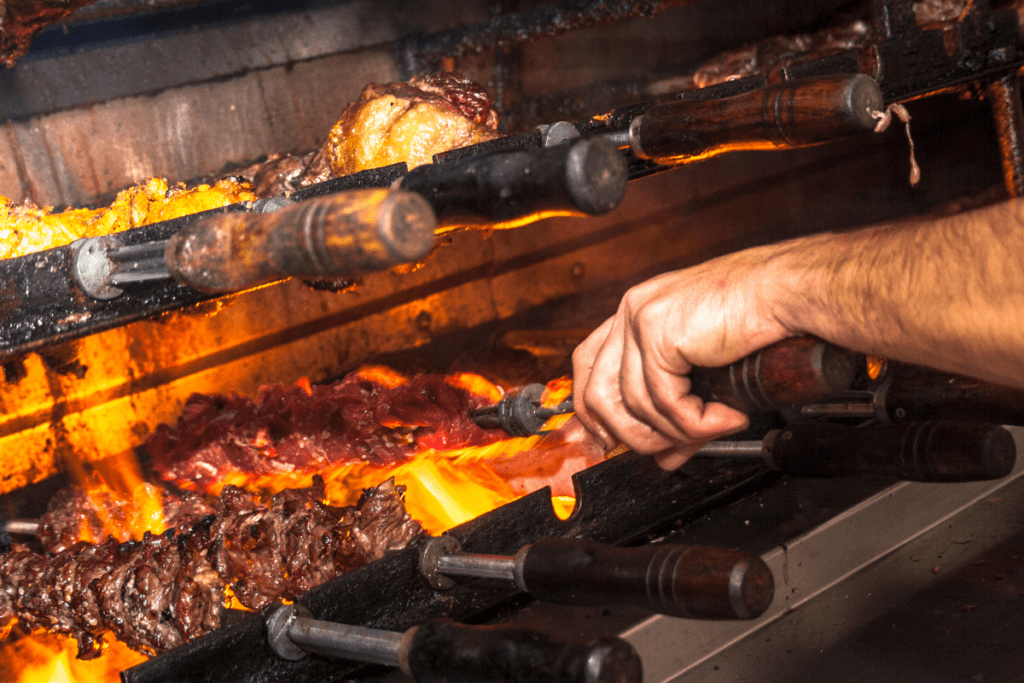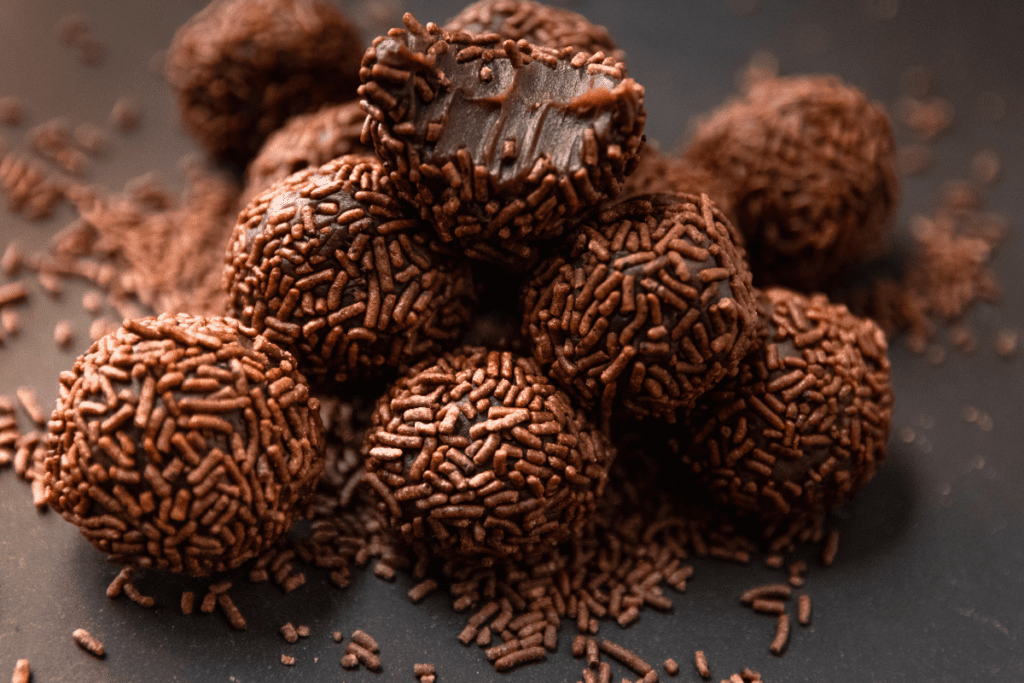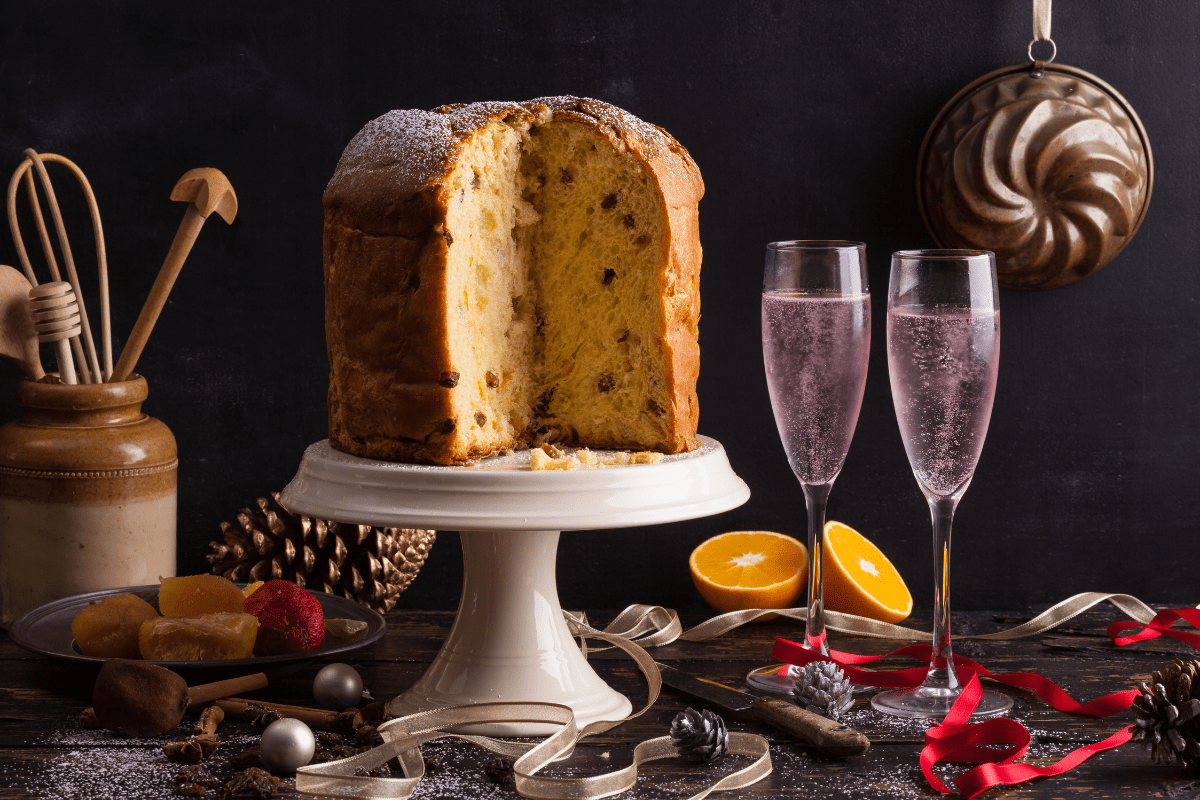
Like many parts of the world, Christmas in Brazil is a time dedicated to being with family, reflecting on the past year, and enjoying good food. There are a few traditions that are distinctly Brazilian, however. Let’s discover how Brazilians celebrate Christmas.
Brazilian Christmas Traditions
Midnight Mass
As a predominantly Catholic nation, those who observe Christmas often attend a midnight mass on Christmas Eve. This special mass is known as Missa do Gallo in Portuguese, which means “Rooster’s Mass.”
In fact, Christmas Eve is the main day for celebration in Brazil. Following mass, many friends and families join together to exchange gifts and enjoy a traditional Brazilian Christmas dinner. Those who do not attend church also celebrate with food, drink, family, and presents on the night of the 24th.
Outdoor Fun
While we, in the States, are often cozied up inside by the fire on Christmas day, most Brazilians will be found outdoors. It is, after all, the middle of summer in the Southern Hemisphere, so Brazilians like to celebrate with churrasco, drinks, and a dip in the pool.
Secret Santa
Brazilian celebrations can get very large very quickly. Extended family and friends of friends of friends are all invited, and the party lasts hours. Buying a gift for everyone in attendance is next to impossible, not to mention expensive. The Brazilian solution is to exchange gifts Secret Santa style, where each person is responsible for getting a gift for one other person. This is known as Amigo Oculto, and it helps save time and money while still allowing everyone to receive a gift.
Papai Noel
Speaking of Santa, Brazilian children share the common belief that Father Christmas (“Papai Noel” in Portuguese) will bring them presents on Christmas Eve. He is depicted in much the same way as in the US and other parts of the world. He wears red and white robes, a warm hat, and has a white beard. Some like to think his robes are made of silk to keep him from overheating in the hot Brazilian sun.
Traditional Foods
Like Americans, Brazilians have a few staple items that will be found on almost every table at Christmas time. In place of a turkey, a Chester style chicken is often the centerpiece. Favorite side dishes include rice and feijoada with farofa, as well as plenty of fresh fruit.
No Christmas dinner in Brazil is complete without the panettone (panetone in Portuguese). Panettone is an Italian sweet bread, originally from Milan. The bread has a distinctive dome shape and the base is typically wrapped in decorative paper. It can be filled with a wide variety of candied fruits, but the traditional bread incorporates candied orange and lemon and is dotted with a good amount of raisins. A popular South American version of the panettone uses candied papaya in place of the orange and lemon.
Another favorite dessert for Christmas in Brazil is rabanada: a crispy, cinnamon-sugar spiced version of French Toast. Brazilians do not eat French Toast for breakfast or brunch. It is exclusively a dessert treat, and it is deep fried for extra decadence.
Give the Gift of Churrasco This Christmas
Celebrate Christmas the Brazilian way by visiting one of our 50+ locations this holiday season. Better yet, give the gift of Texas de Brazil by purchasing a gift card or a hand-curated grill package from our online Butcher Shop. Call or go online today to find the perfect Christmas gift for your barbecue-loving friend.


